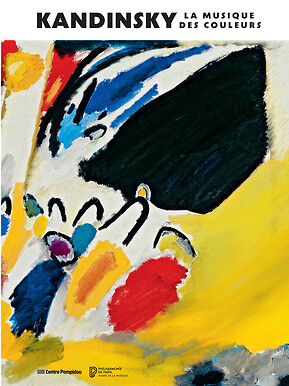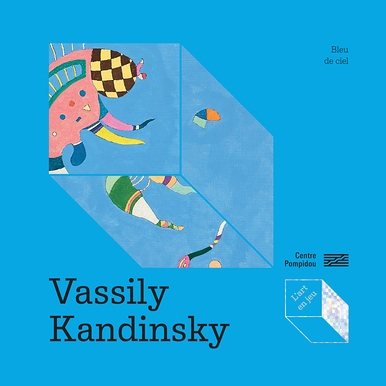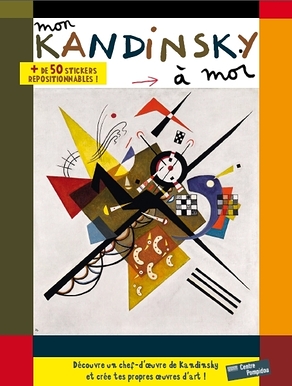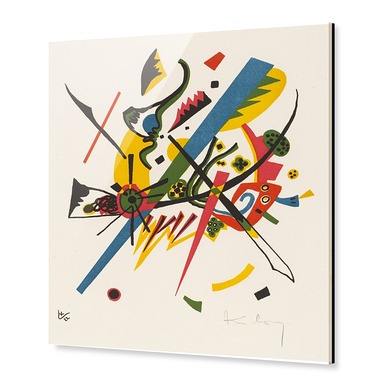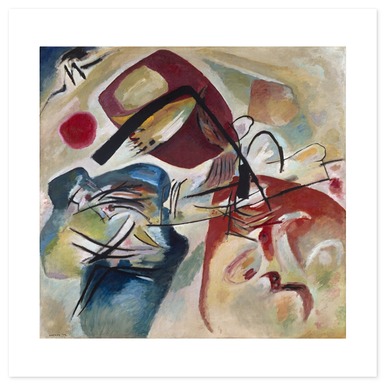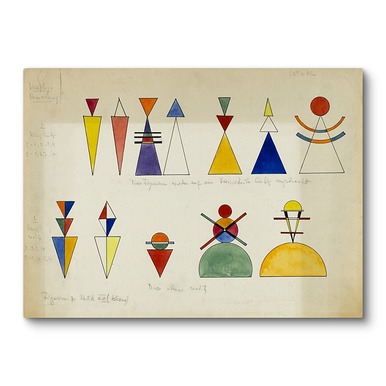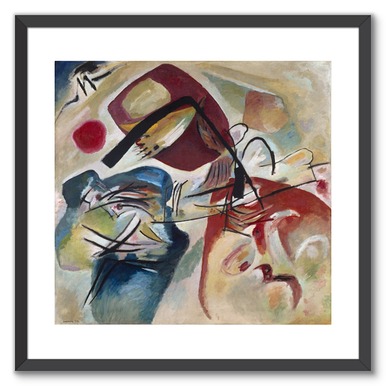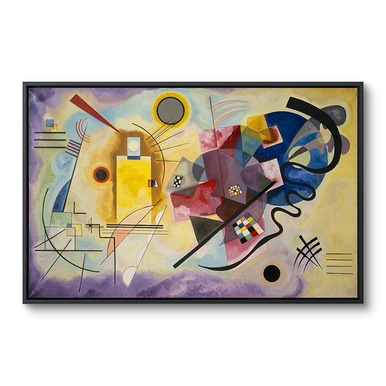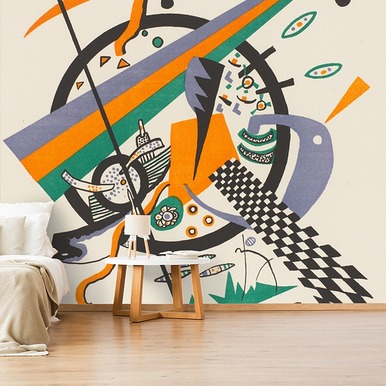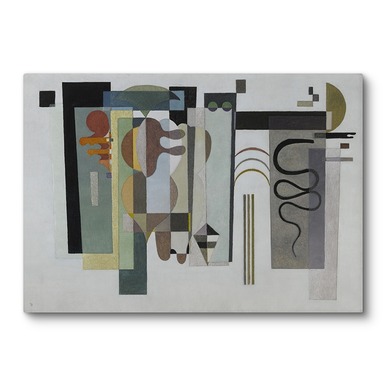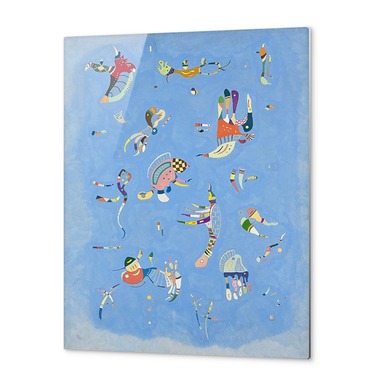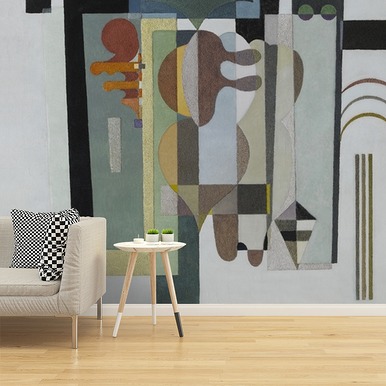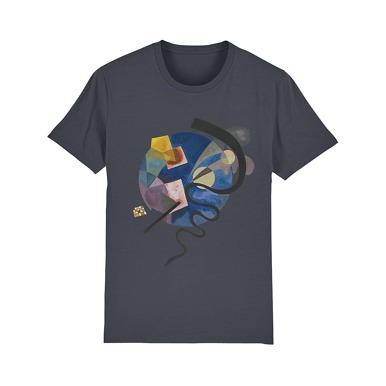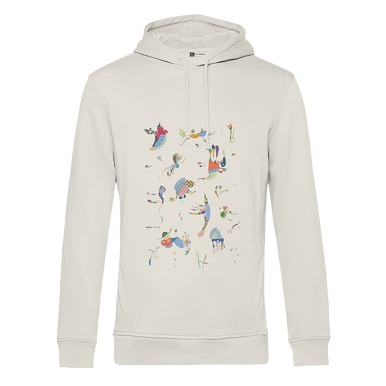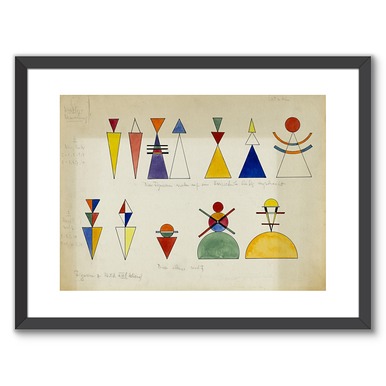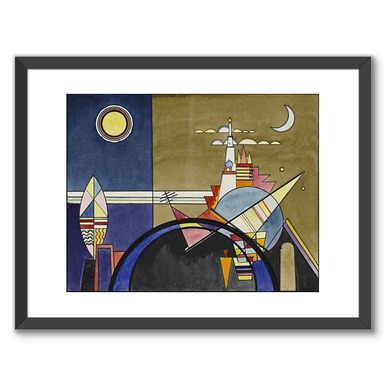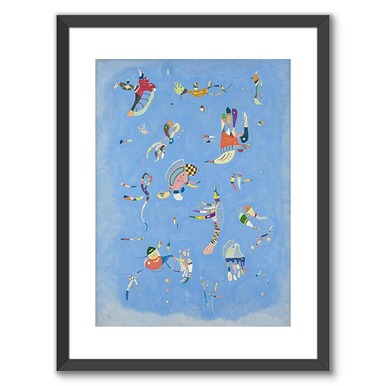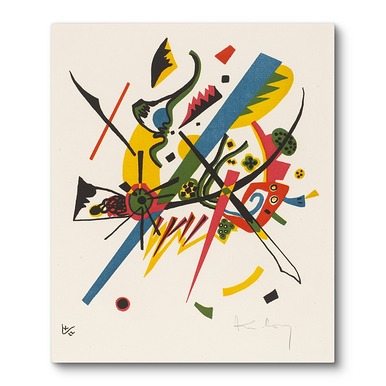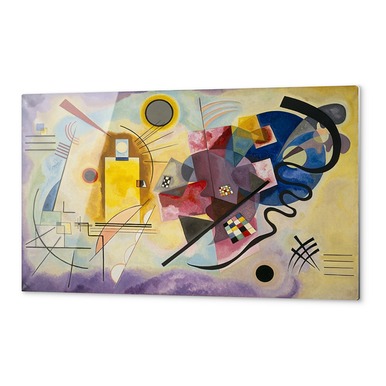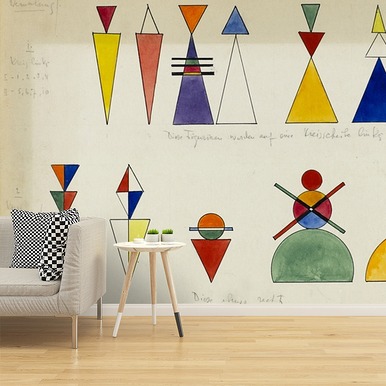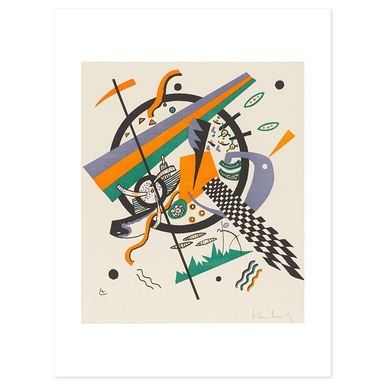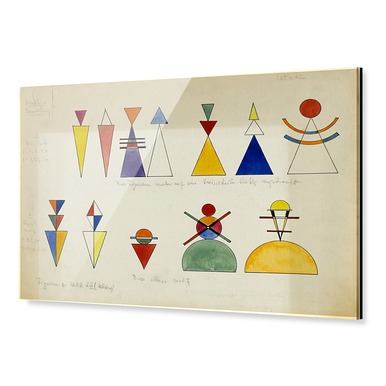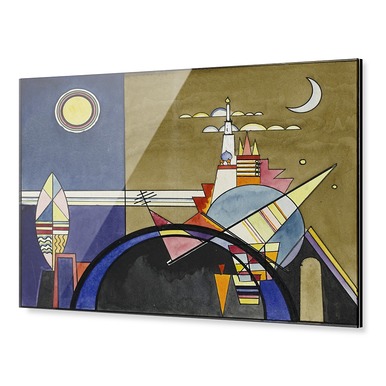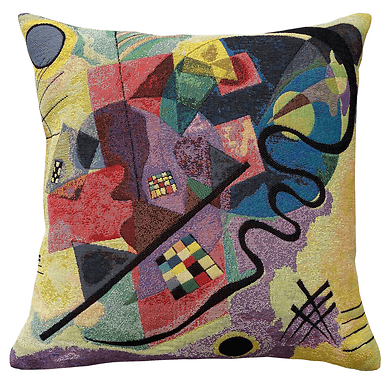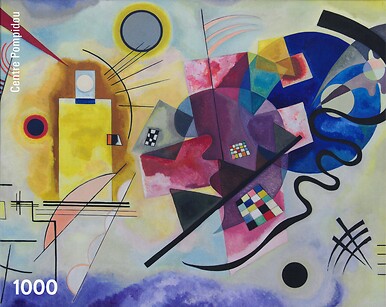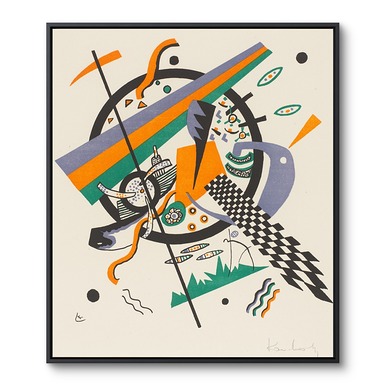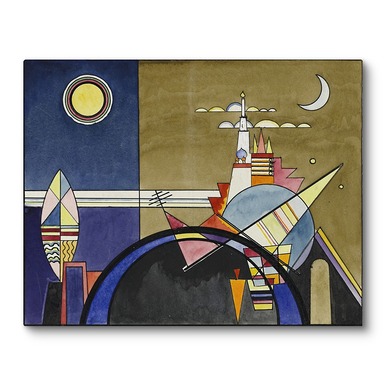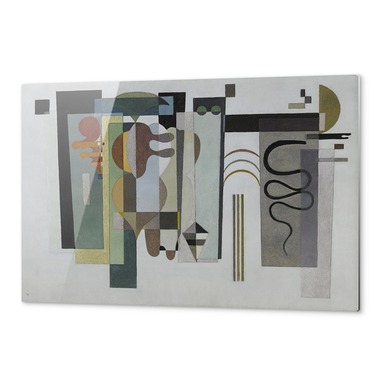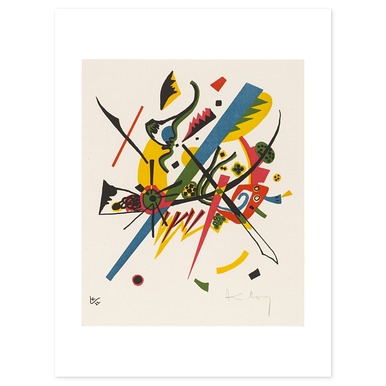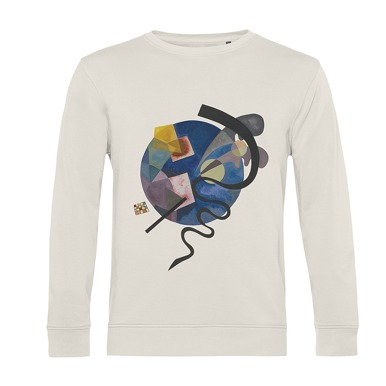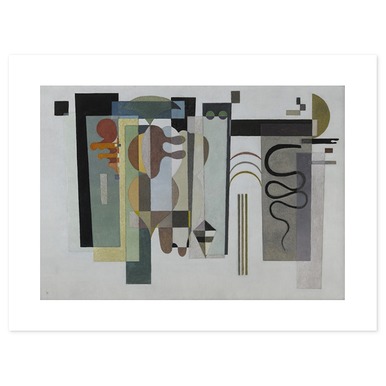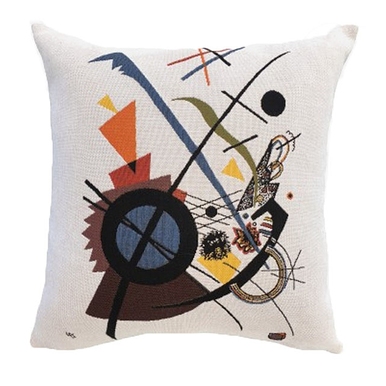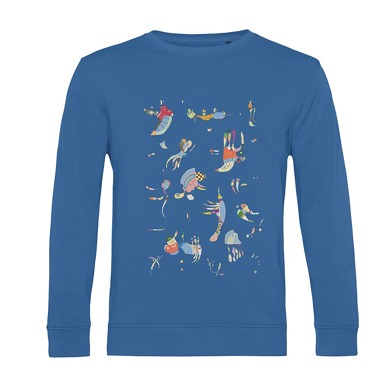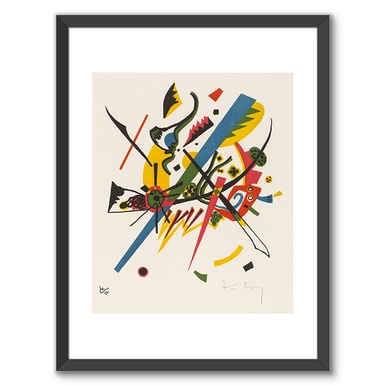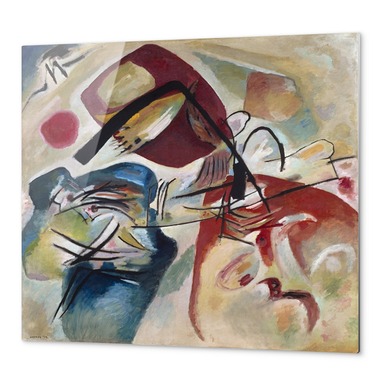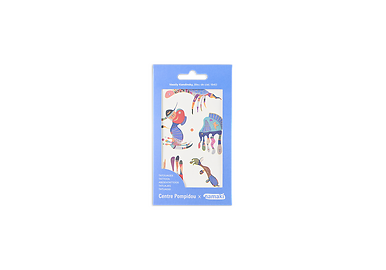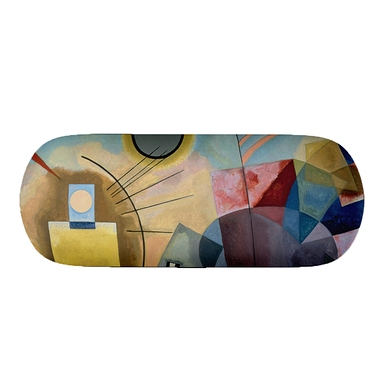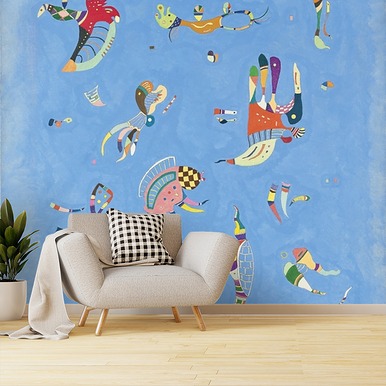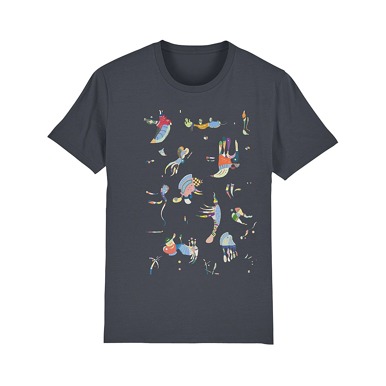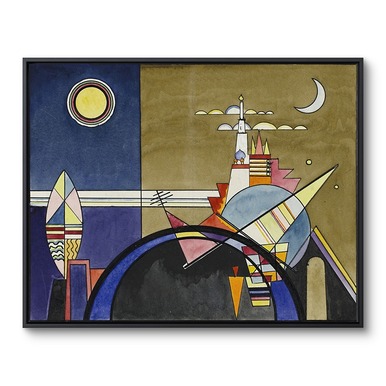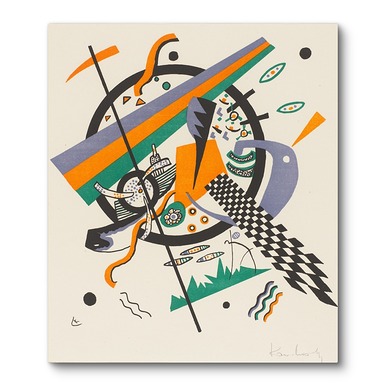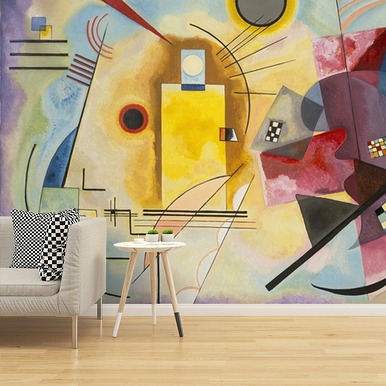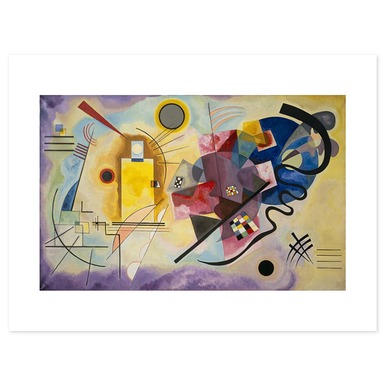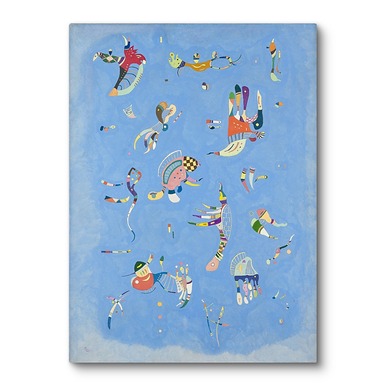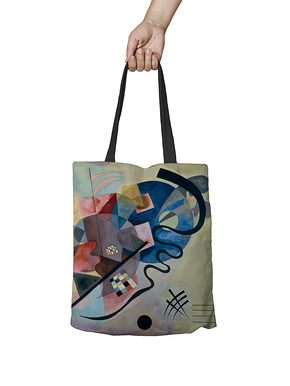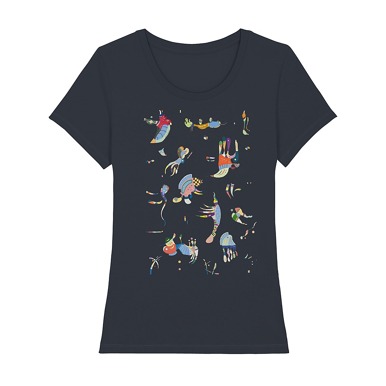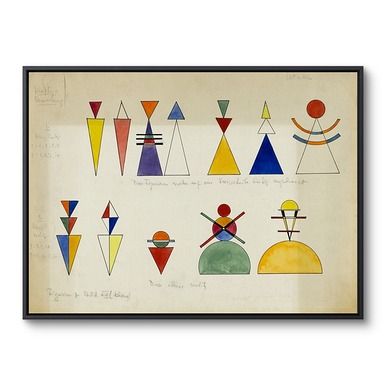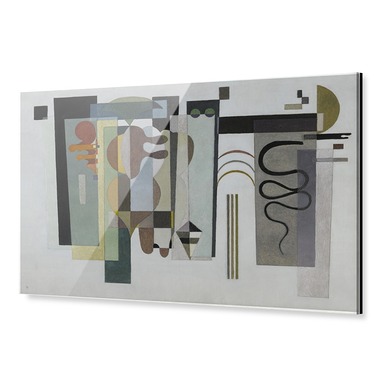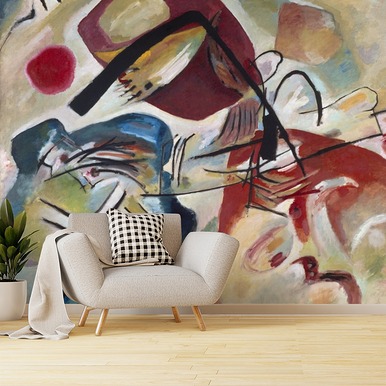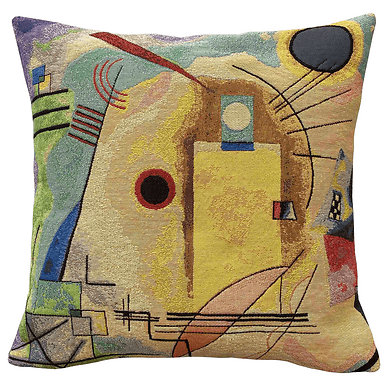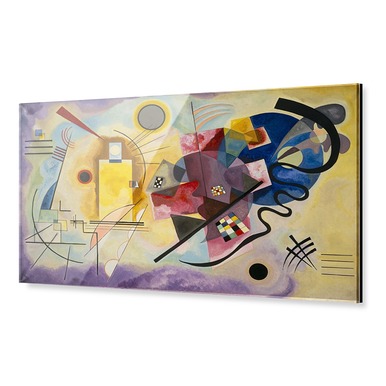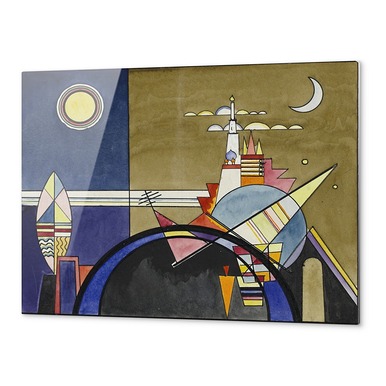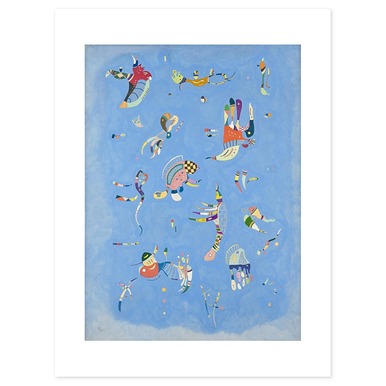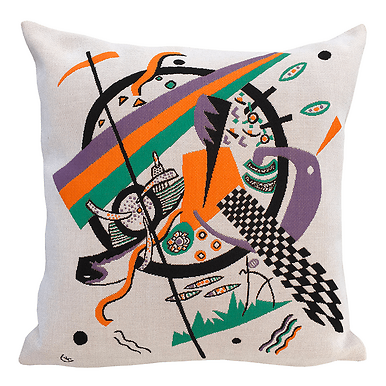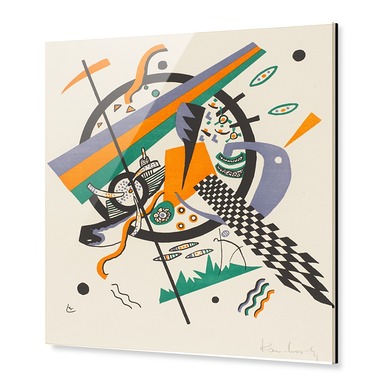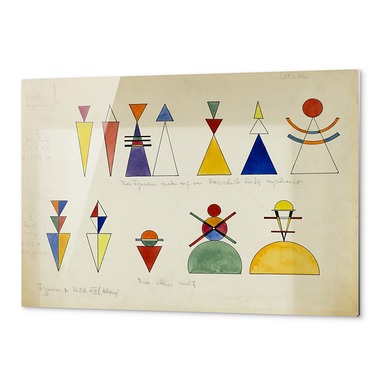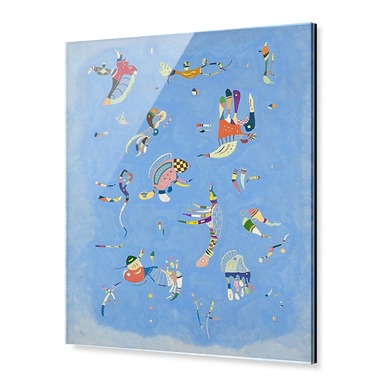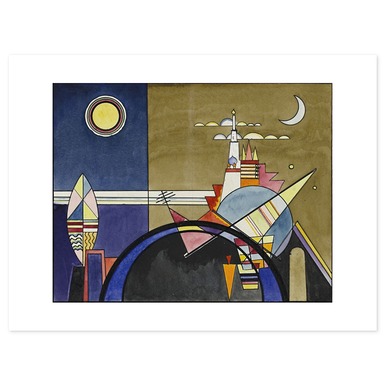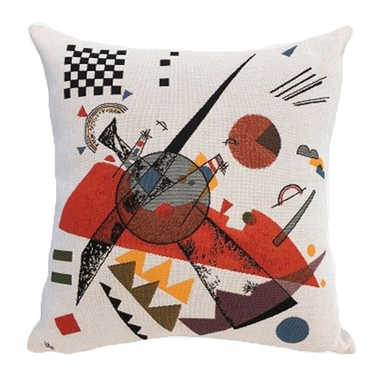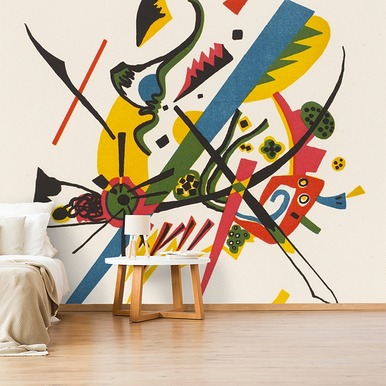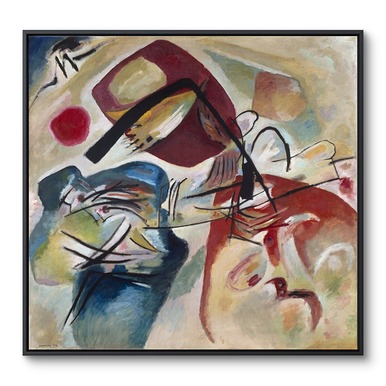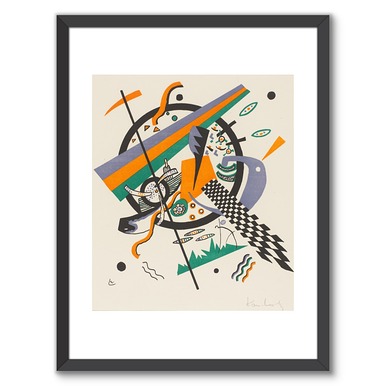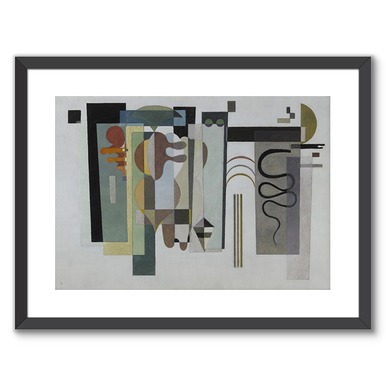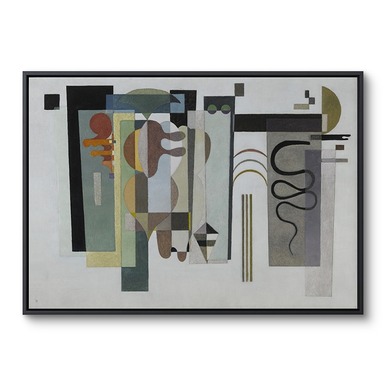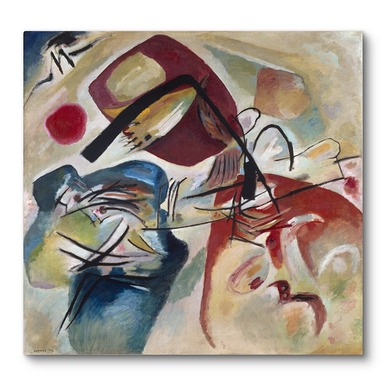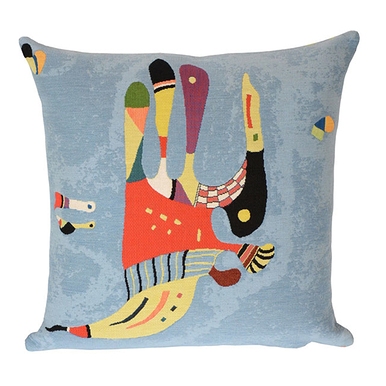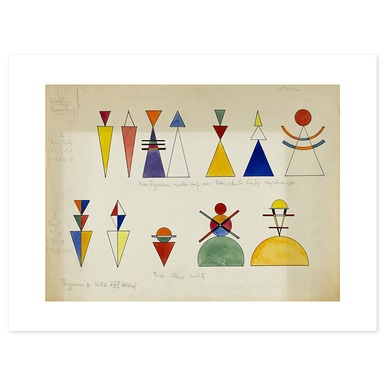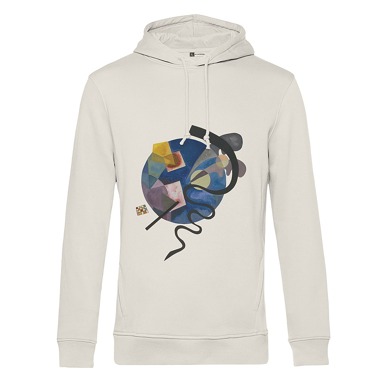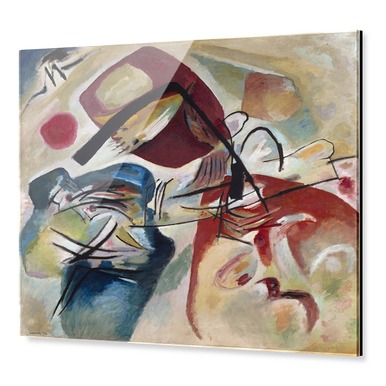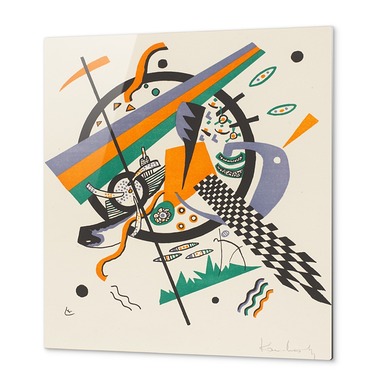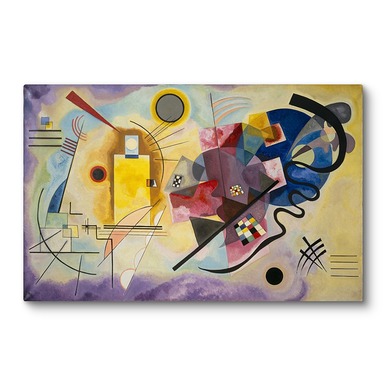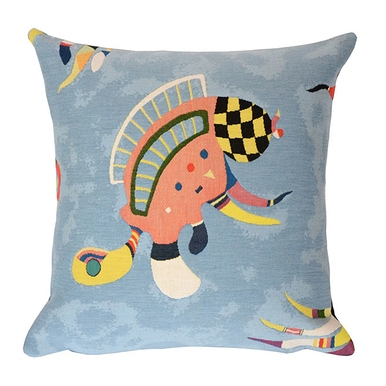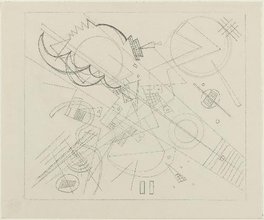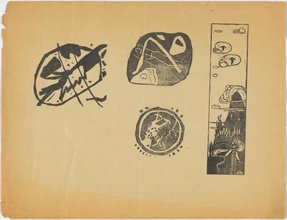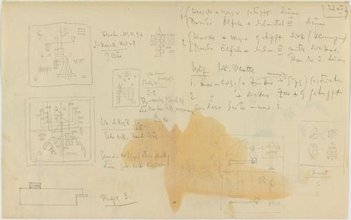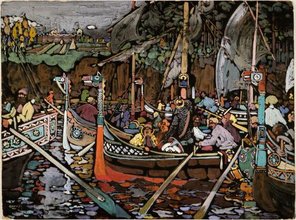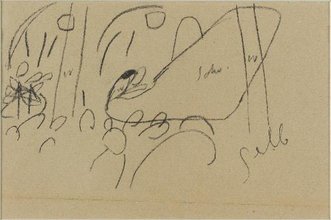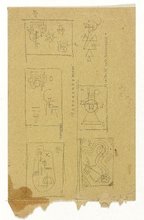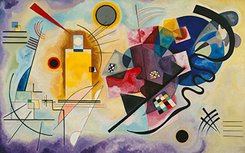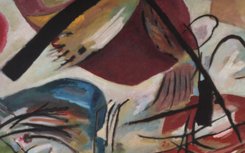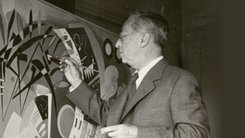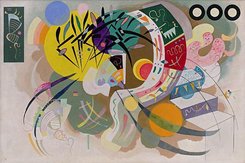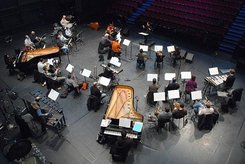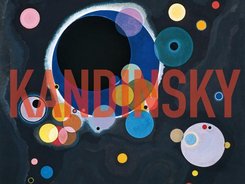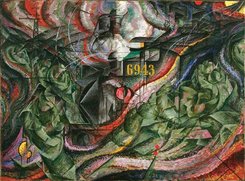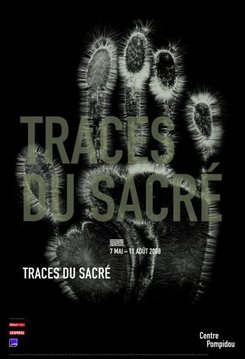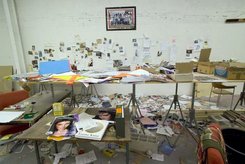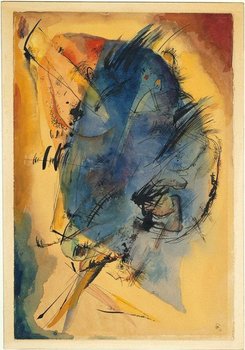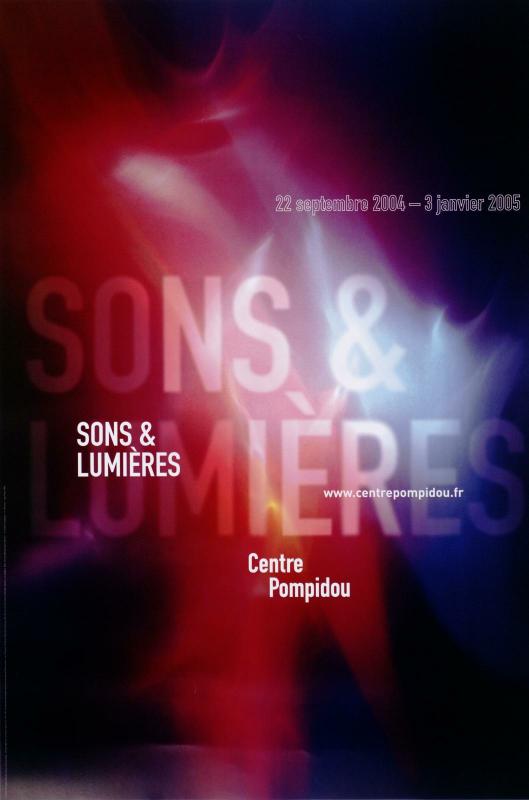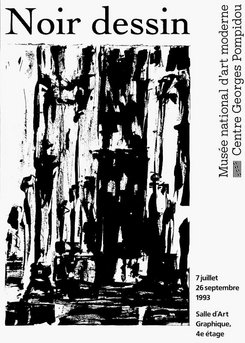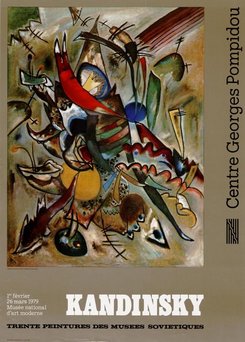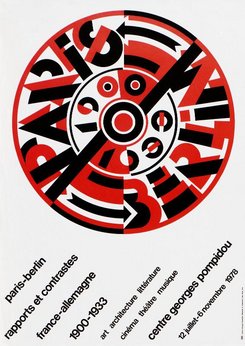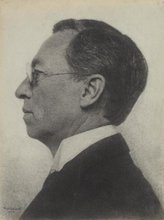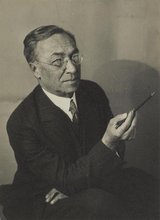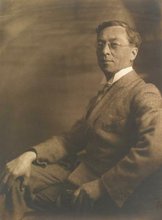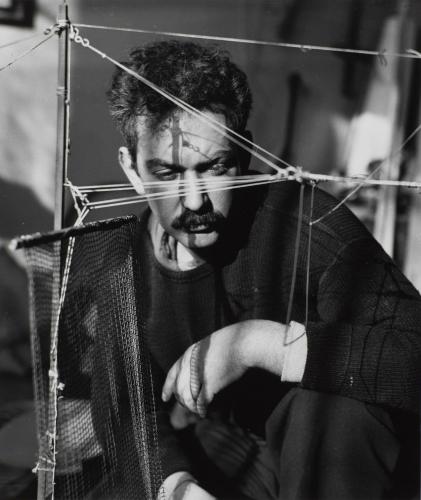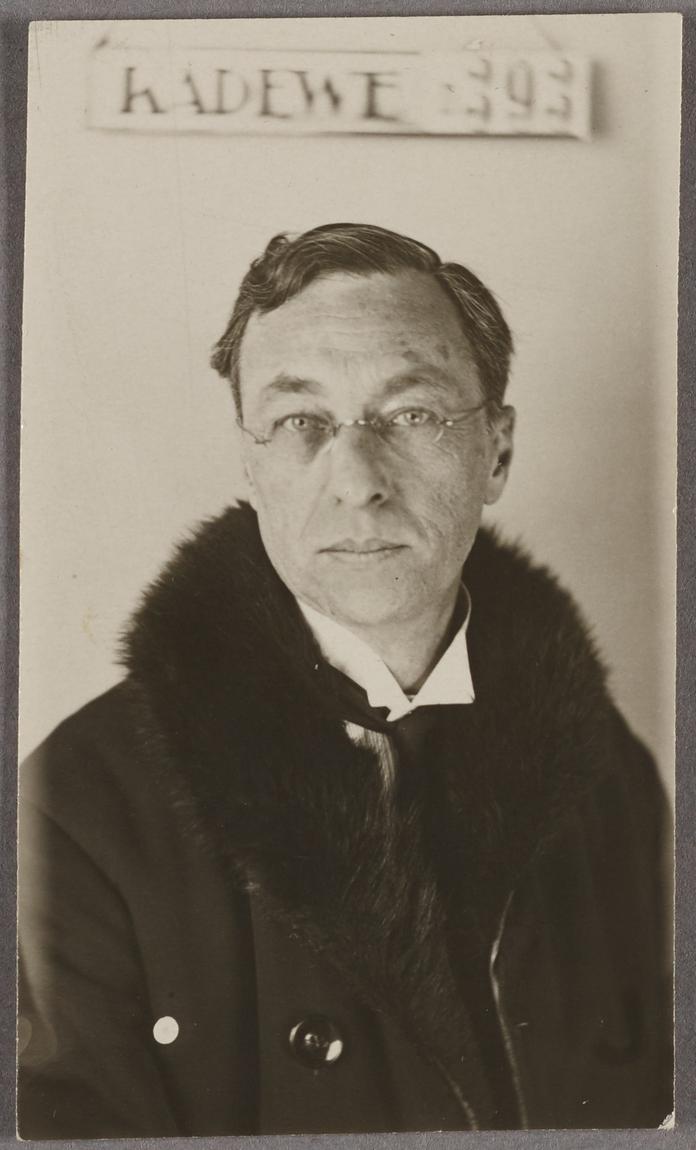Artist/personality
Vassily Kandinsky
Peintre

Vassily Kandinsky
Peintre
Nationalité française (russe à la naissance)
Birth: 1866, Moscou (Russie, Empire Russe)
Death: 1944, Neuilly-sur-Seine (Seine, France)
Domaine public
Biography
Wassily Kandinsky entered art history as the founder of abstract painting at the dawn of the 20th century. Though nowadays, the origins of abstraction prove to be multiple, the Russian artist’s contribution was decisive. In his famous treatise Du spirituel dans l’art, et dans la peinture en particulier (Concerning the Spiritual in Art and Painting in Particular), published in 1911, Kandinsky defended this new orientation that sought to transpose spiritual vibration into forms and colours, liberated from any reference to the exterior world: "the harmony of colours can only be based upon the principle of purposefully touching the human soul. This is one of the guiding principles of the inner need."
Kandinsky was born in 1866 in Moscow to an upper-class family. After a short academic career in law and economics, he left to study painting in Munich and began a career as an artist. He was 30 years old at the time. Two events sparked his departure from a path that was fully mapped out: discovering one of Claude Monet’s Meules de foin (Haystacks), the non-figurative power of which marked him profoundly, and attending a performance of Richard Wagner's Lohengrin, where he became aware of music’s power and the possibility of aspiring to a synthesis of the arts. For Kandinsky, music was a point of reference in how he considered the sonic value of colours, especially since his capacity for synaesthetic experience was highly developed.
These years of training were full of travel and artistic experiences, particularly with his partner at the time, Gabriele Münter: Tunis, Strasse (Tunis, Street), Park von Saint-Cloud, dunkle Allee (Parc de Saint-Cloud, Shaded Path) and Lied (Song). Over time, Kandinsky freed himself from the restrictions of mimetic art: his wide brushstrokes came together in brightly coloured masses, as in Murnau, Landschaft mit Turm (Murnau, Landscape with Tower) and Impression V (Parc) (Impression V (Park)). In 1912, Kandinsky published the almanac Der Blaue Reiter (The Blue Rider) with his friend Franz Marc, a revolutionary manifesto about the synthesis of the arts. This was also the year of Mit dem schwarzen Bogen (With the Black Bow).
During World War I, he was forced to return to Russia, where he became close with artists in the Suprematist and Constructivist avant-garde. The organic elements of this period (Im Grau [In Grey]) would soon be replaced with more geometric forms.
In 1921, Kandinsky went back to Germany. He was named "master of forms" at the Bauhaus, a school founded in 1919 by architect Walter Gropius around the principle of the synthesis of the arts and transdisciplinarity. In Weimar, then in Dessau, he directed the mural painting studio (Maquette de panneau pour l’exposition de la Juryfreie : Mur A [Panel for the Juryfreie exhibition: Wall A]) and developed his work alongside many renowned artists, including Paul Klee. The lyrical and spontaneous abstraction of Kandinsky’s early career shifted during the 1920s to a more rational language, as in Gelb-Rot-Blau (Yellow-Red-Blue) et Auf Spitzen (On the Points).
In 1933, Hitler’s rise to power led to the Bauhas closing and Kandinsky was once again forced to flee, this time to France. In his apartment in Neuilly-sur-Seine, where he spent the last 11 years of his life, the rigorous geometry of the Bauhaus paintings gave way to a surprising formal joy, in a palette dominated by pastel and acid tones. Bleu de ciel (Sky Blue) and Accord réciproque (Reciprocal Accords) are two such examples.
Medias
Events
Artistic collaborations
In the store

